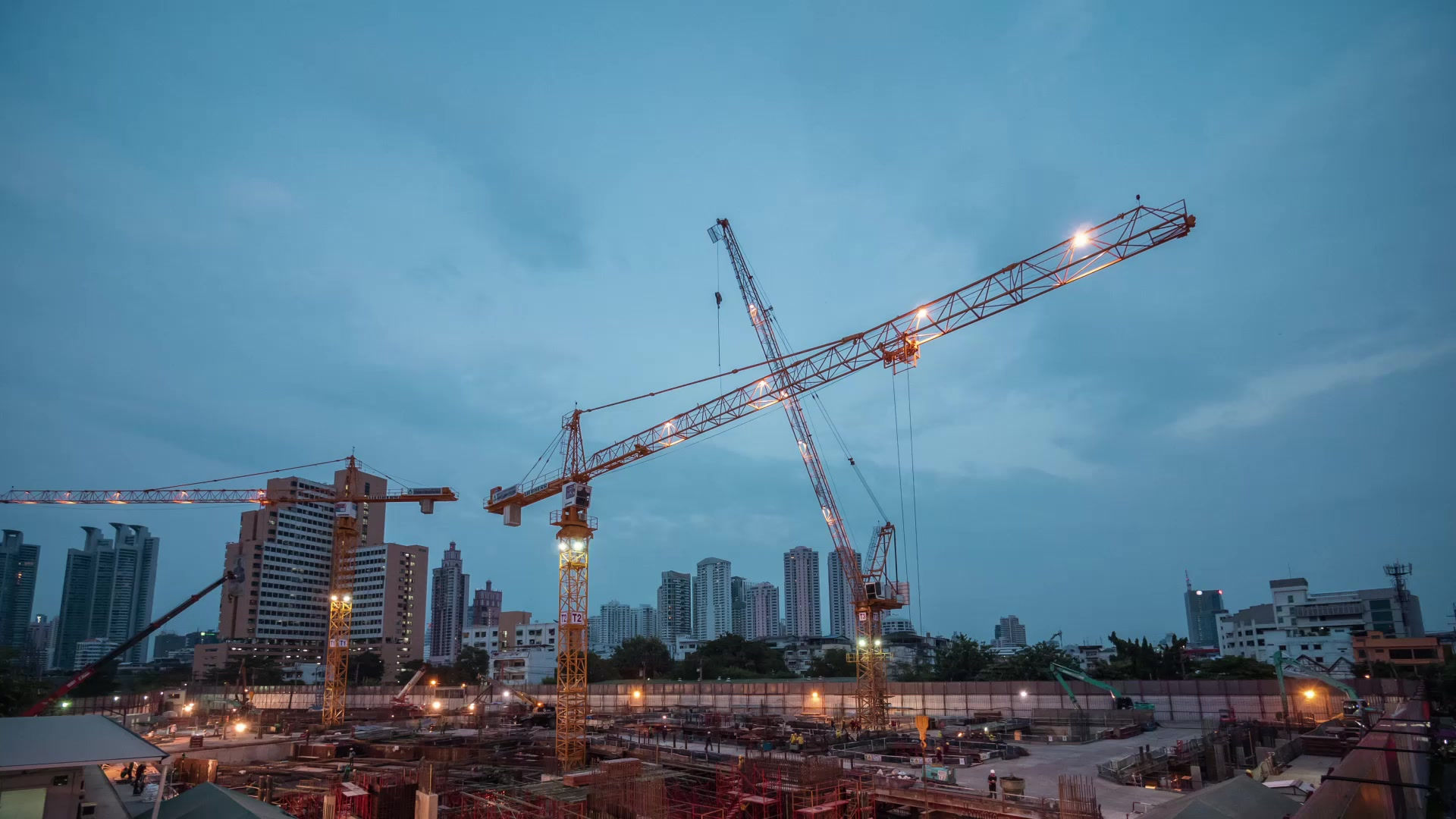How to Build an Accessory Dwelling Unit (ADU) in Pasadena: A Step-by-Step Guide
- Leandro Pena
- Jan 11
- 3 min read

Accessory Dwelling Units (ADUs), also known as granny flats, in-law suites, or backyard homes, are a popular way to add extra living space and increase property value in Pasadena. With California’s recent legislation promoting ADUs, Pasadena has established clear guidelines to make the process more streamlined. Here’s a comprehensive guide on how to build an ADU in Pasadena.
Step 1: Understand the City of Pasadena’s ADU Regulations
Before beginning your ADU project, familiarize yourself with Pasadena’s ADU regulations to ensure compliance:
1. Zoning Requirements
ADUs are allowed in single-family and multi-family residential zones.
Check the specific zoning for your property using Pasadena’s Zoning Map.
2. Size Limits
For lots less than 10,000 square feet, the maximum ADU size is 800 square feet.
For larger lots, ADUs can go up to 1,200 square feet.
ADUs cannot exceed 50% of the size of the main dwelling for attached units.
3. Setbacks and Height
A minimum 4-foot rear and side setback is required.
The height limit is 16 feet for single-story units, with allowances for two-story ADUs in some cases.
4. Parking Requirements
No additional parking is required if the property is within half a mile of public transit or in a historic district.
Step 2: Assess Your Property
Evaluate your property for ADU feasibility by considering:
Available Space: Determine where you can place the ADU while meeting setback requirements.
Utility Connections: Identify locations for water, sewer, and electricity hookups.
Accessibility: Ensure that the ADU has a separate entrance and easy access.
Step 3: Plan Your ADU Design
Collaborate with an architect or designer to create plans that meet Pasadena’s design standards:
Ensure the ADU complements the architectural style of your primary residence.
Incorporate energy-efficient features, as Pasadena encourages sustainable construction.
Choose whether you want a detached, attached, or garage conversion ADU.
Step 4: Submit Your Plans for Approval
File your ADU plans with the City of Pasadena’s Planning and Building Department. Here’s what you’ll need:
Site Plan: A detailed layout of your property showing the location of the ADU.
Floor Plan: Interior layout of the ADU, including dimensions.
Elevation Drawings: Exterior views showing height and design.
Title 24 Compliance Report: Demonstrating energy efficiency compliance. The City of Pasadena offers an expedited ADU review process for pre-approved designs. Visit their ADU Resource Page for more information.
Step 5: Obtain Building Permits
Once your plans are approved, apply for the necessary building permits:
Building Permit: For construction.
Plumbing and Electrical Permits: For utility installations.
Encroachment Permit (if needed): For work impacting sidewalks or public property.
Step 6: Hire Contractors and Start Construction
Select licensed contractors to begin your ADU construction. Pasadena recommends hiring professionals familiar with local building codes to avoid delays.
Step 7: Inspection and Final Approval
Schedule inspections at key stages of construction, such as:
Foundation
Framing
Electrical and plumbing
Final inspection
Once your ADU passes all inspections, you’ll receive a certificate of occupancy, and your unit will be ready for use.
Additional Considerations
Historic Districts: If your property is in a historic district, additional design restrictions may apply.
Utility Fees: Pasadena has reduced or waived impact fees for ADUs under 750 square feet.
Financing: Consider financing options like home equity loans, ADU-specific construction loans, or cash-out refinancing. Building an ADU in Pasadena is a fantastic way to increase property value, generate rental income, or create additional living space for family members. By following this guide and working with local professionals, you can navigate the process smoothly and bring your ADU project to life. For more resources, visit City of Pasadena’s ADU Program.




Comments